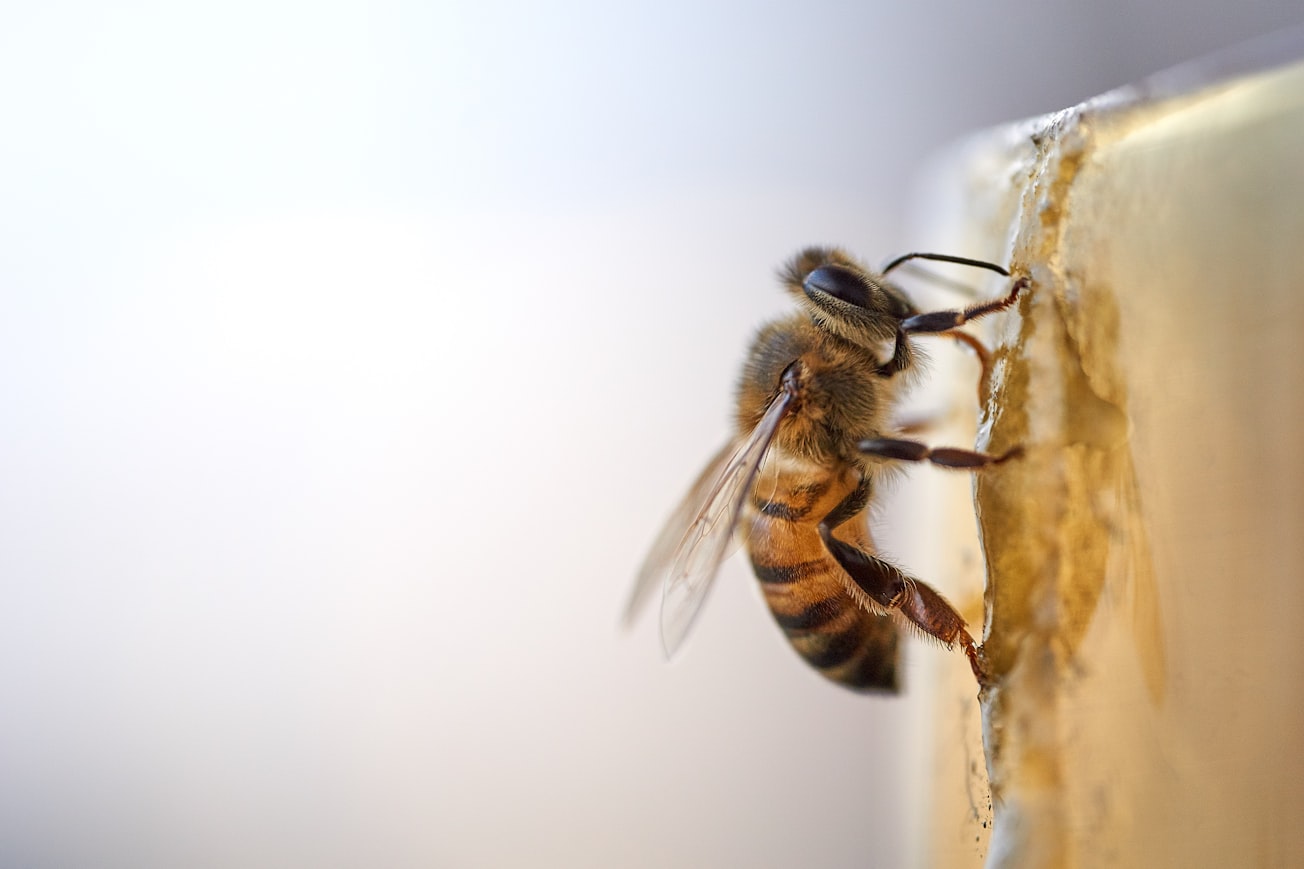What is it about?
Ever wonder what causes diseases to spread? We definitely do. In a honey bee colony it is kind of crazy. Pathogens like viruses can be transmitted host to host (bee to bee) or can be transmitted by the biting of a vector (this parasitic mite that bites the bees). Well, we discovered this parasitic mite moves around a lot from bee to bee to feed. This movement from bee to bee is similar to established work in mosquito disease systems where it is well known the biting rate drives disease transmission. For example, it has been shown the mosquitos that switch hosts at the highest frequency are most likely to acquire a pathogen and transmit it. We used this established work in mosquito vector biology to guide our discoveries with Varroa destructor and Apis mellifera, the honey bee. Bees which were bit by a mite with virus died quickly and did not develop high levels of virus, but bees bit without virus lived a long time and developed high levels of virus.
Featured Image

Photo by leandro fregoni on Unsplash
Why is it important?
Varroa destructor is an economically important pest of managed honey bee colonies. We need to understand how viruses are spread by this mite, and within this complex host-vector-pathogen system to better guide best management practices. Our findings also reinforce findings broadly in vector biology.
Perspectives
This has been an amazing project for me as an upcoming researcher. It was my first major finding in grad school. I knew I had a great idea to link the established work of vector biology in mosquitos with Varroa destructor, but there was a mix of support for the idea initially. What fascinates me the most about this work, is how dynamic it is. We are not just studying an invasive pest. We are studying a parasite that made an evolutionary host jump onto A. mellifera, and one that was capable of vectoring honey bee viruses. That is kind of amazing if you think about it. Not only is it a new parasite to this host specie, but it is capable of vectoring viruses that are native to the host. It could have easily made the jump and not been a competent vector of those viruses. The dynamics of this vector-host-pathogen system is actually super rare, and similar to only a handful of emerging pathogens on earth.
Zachary Lamas
Read the Original
This page is a summary of: Promiscuous feeding on multiple adult honey bee hosts amplifies the vectorial capacity of Varroa destructor, PLoS Pathogens, January 2023, PLOS,
DOI: 10.1371/journal.ppat.1011061.
You can read the full text:
Contributors
The following have contributed to this page







